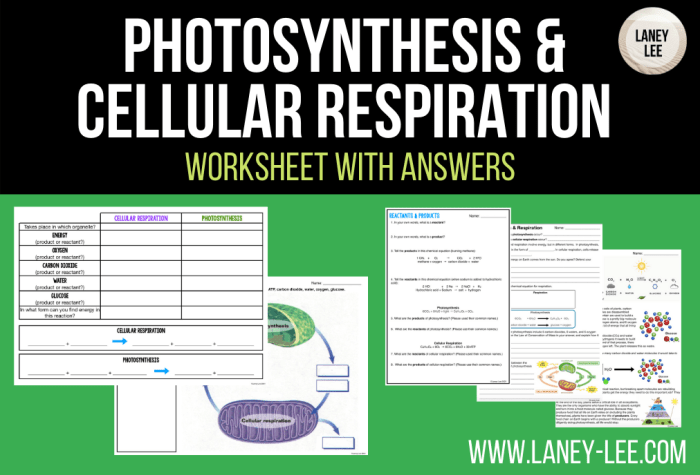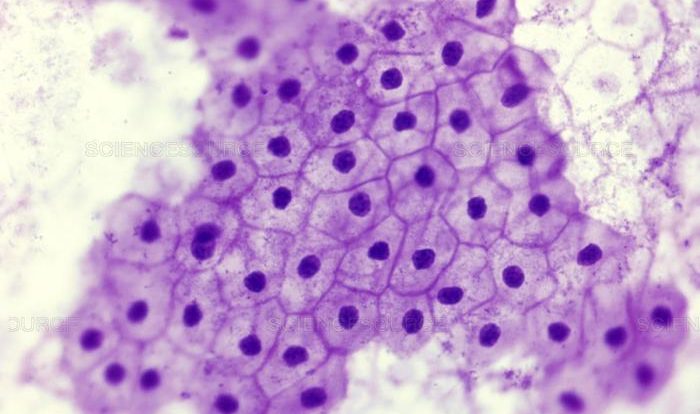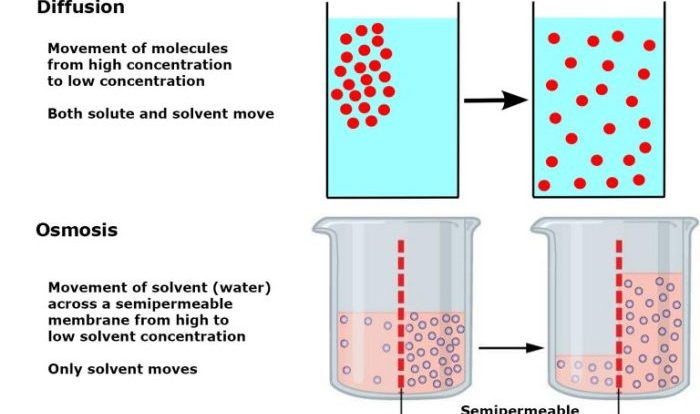Cellular respiration and photosynthesis worksheet answers provide a comprehensive understanding of these fundamental biological processes. This guide delves into the intricate details of cellular respiration and photosynthesis, offering a thorough exploration of their mechanisms, applications, and significance.
Cellular respiration and photosynthesis are two interconnected processes that sustain life on Earth. Cellular respiration generates energy for cells, while photosynthesis provides the raw materials necessary for cellular respiration. Understanding these processes is crucial for comprehending the functioning of living organisms and their interactions with the environment.
Cellular Respiration
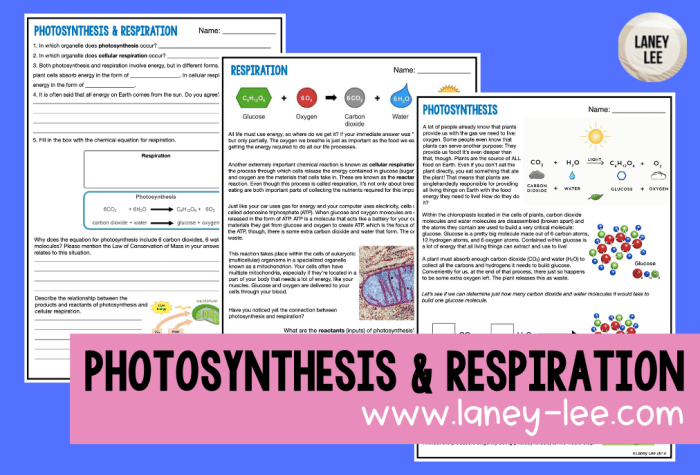
Cellular respiration is a set of metabolic reactions that take place in the cells of organisms to convert biochemical energy from nutrients into adenosine triphosphate (ATP), and then release waste products. This process is essential for the survival of all living organisms because ATP serves as the main energy currency for cells.Cellular
respiration occurs in three main stages: glycolysis, the Krebs cycle (also known as the citric acid cycle), and oxidative phosphorylation.
- Glycolysis: This is the first stage of cellular respiration and takes place in the cytoplasm of the cell. One molecule of glucose is broken down into two molecules of pyruvate, along with a net gain of two molecules of ATP and two molecules of NADH.
- The Krebs Cycle: This stage takes place in the mitochondria of the cell. Each molecule of pyruvate from glycolysis is further broken down and combined with coenzyme A to form acetyl-CoA. Acetyl-CoA then enters the Krebs cycle, a series of reactions that result in the production of ATP, NADH, and FADH2.
- Oxidative Phosphorylation: This is the final stage of cellular respiration and takes place in the inner membrane of the mitochondria. NADH and FADH2 molecules produced in glycolysis and the Krebs cycle are used to generate a proton gradient across the inner mitochondrial membrane.
This gradient is used to drive the synthesis of ATP through a process called chemiosmosis.
Diagram of Cellular Respiration
[Diagram yang mengilustrasikan langkah-langkah respirasi seluler]
Photosynthesis
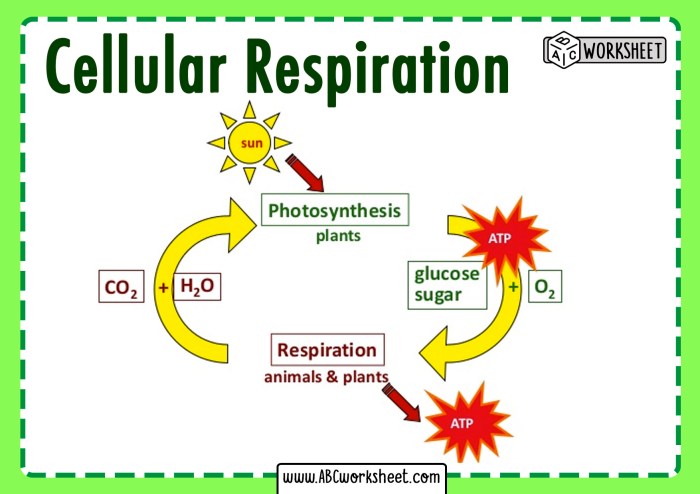
Photosynthesis is a process by which plants and other organisms use the energy from the sun to convert carbon dioxide and water into glucose and oxygen. This process is essential for life on Earth because it provides the food and oxygen that all living organisms need to survive.Photosynthesis
occurs in two main stages: the light-dependent reactions and the Calvin cycle (also known as the light-independent reactions).
- The Light-Dependent Reactions: These reactions take place in the thylakoid membranes of chloroplasts. Light energy is used to split water molecules, releasing oxygen as a byproduct. The energy from light is also used to generate ATP and NADPH.
- The Calvin Cycle: This stage takes place in the stroma of chloroplasts. Carbon dioxide from the atmosphere is combined with ATP and NADPH to form glucose. This process is a series of reactions that use the energy from ATP and NADPH to reduce carbon dioxide into glucose.
Diagram of Photosynthesis, Cellular respiration and photosynthesis worksheet answers
[Diagram yang mengilustrasikan langkah-langkah fotosintesis]
Quick FAQs: Cellular Respiration And Photosynthesis Worksheet Answers
What is the primary function of cellular respiration?
Cellular respiration generates energy in the form of ATP, which is used to power various cellular processes.
How does photosynthesis contribute to the environment?
Photosynthesis removes carbon dioxide from the atmosphere and releases oxygen, contributing to the regulation of atmospheric composition and mitigating climate change.
